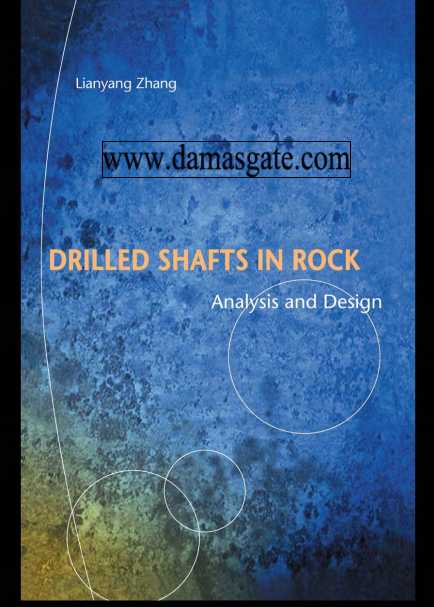Drilled Shaft In Rock Analysis And Design

Preface
Drilled shafts are widely used to transfer heavy structural loads (both axial and lateral) through the overburden soil to the underlying rock mass. The last three decades have seen sustained research and development efforts around the world to improve the technology of drilled shafts in rock. Although much has been learned on the analysis and design of drilled shafts in rock, all the major findings are reported in the form of reports and articles published in technical journals and conference proceedings. The main purpose of this book is to assist the reader in the analysis and design of drilled shafts in rock by summarizing and presenting the latest information in one volume.
The primary difference between foundations in soil and those in rock is that rock masses contain discontinuities. Compared to intact rock, jointed rock masses have increased deformability and reduced strength. Also, the existence of discontinuities in a rock mass creates anisotropy in its response to loading and unloading. To analyze and design drilled shafts in rock, a geotechnical engineer has to know the properties of rock. Chapters 2–5 are devoted to the discussion of rocks:
Download
*